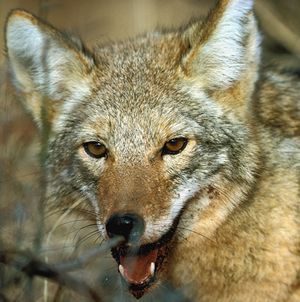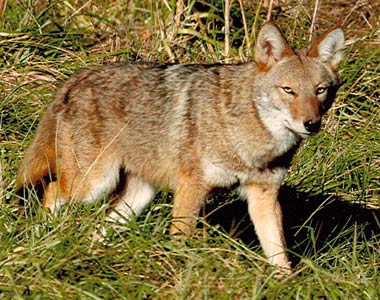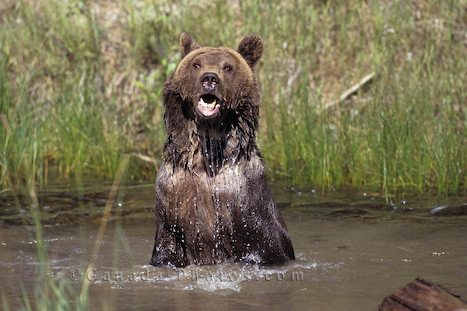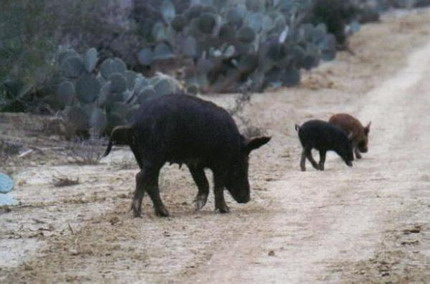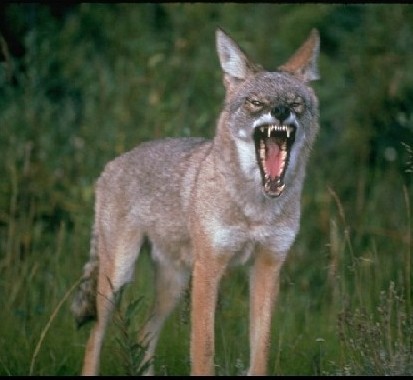The US Endangered Species Act of 1973 dictates that the grizzly bear be favored and protected. In terms of a natural resource, individual grizzlies are considered worth $500,000 by some accounts, and the $20,000 penalty for a wrongful death underscores the importance of management. In terms of tourism, recreation, film making, photography, hunting, and all the other cultural and art values of the grizzly, each bear is certainly worth the half million dollars cited above. Yet in Montana, where the future of the grizzly is in jeopardy, their value was only recently raised from $50 to $500.
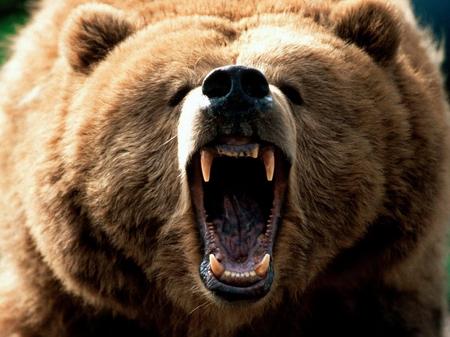
Various parts of bear have illegally sold for as much as $250 per front claw, $200 per paw, $10,000 for the hide, $500 for the skull, and $30,000 for the gall bladder. Poachers would likely be fined only $10,000 if caught. One hope for brown bears may be found in the private sector people who value bears highly and contribute to organizations that support proper bear management. Damage prevention and control costs could also be met by such organizations. Because hunting is no longer widely practiced, revenues for bear management have declined. Wildlife agencies must develop a higher value for the brown bear and divert fees collected from hunting other species to meet the rising costs of bear management.
